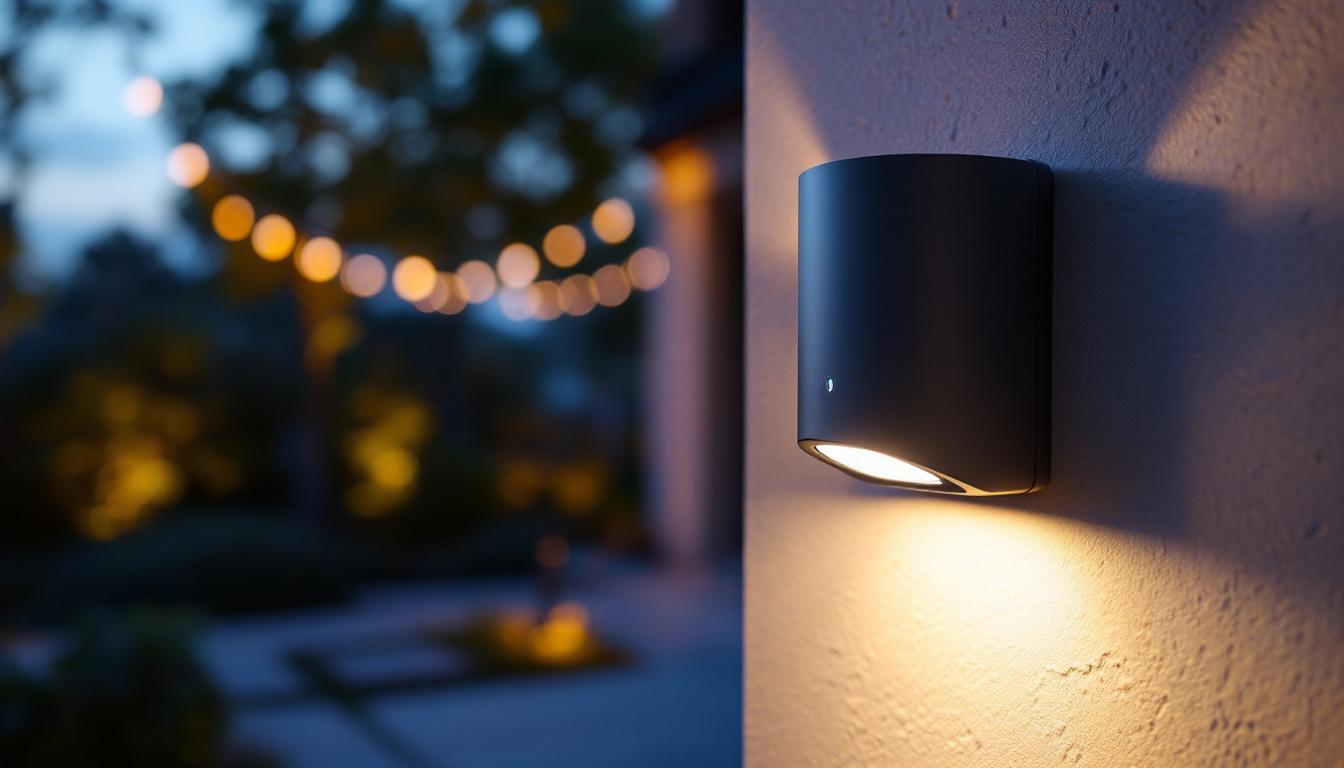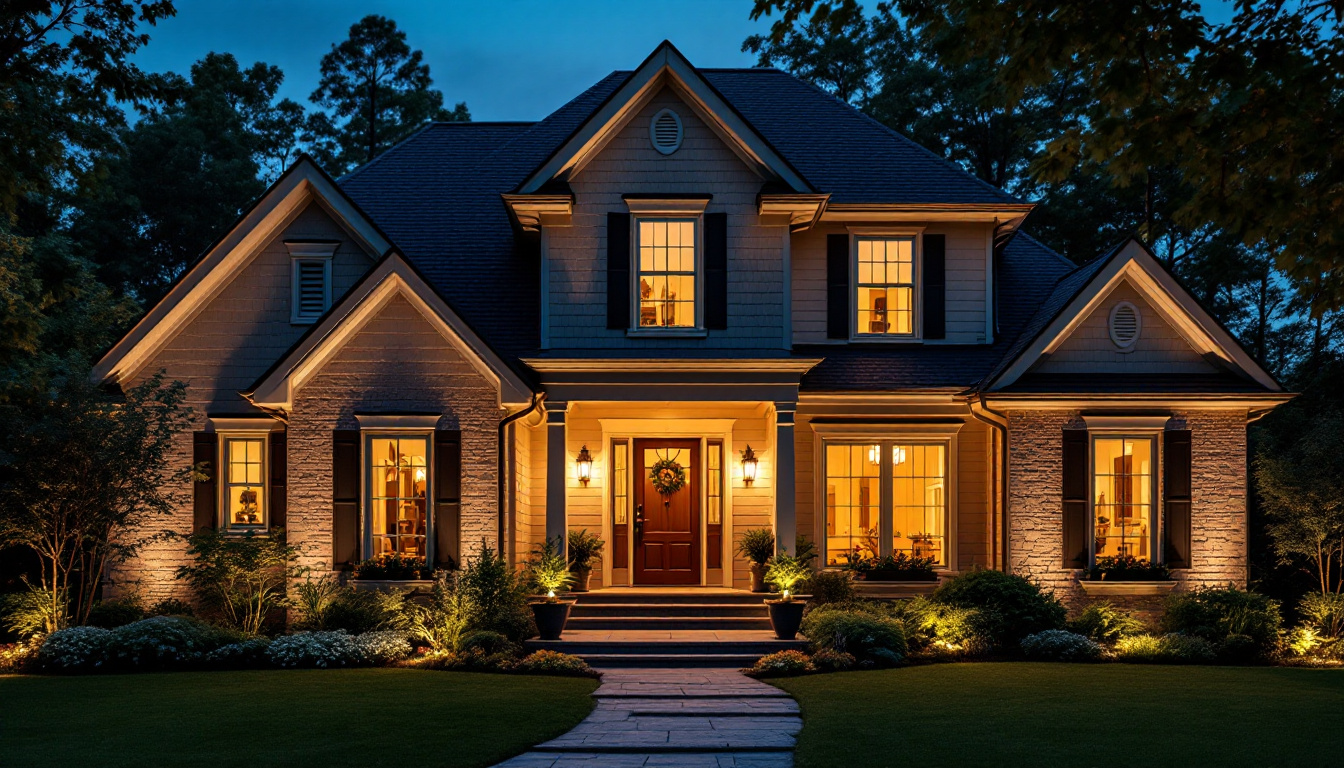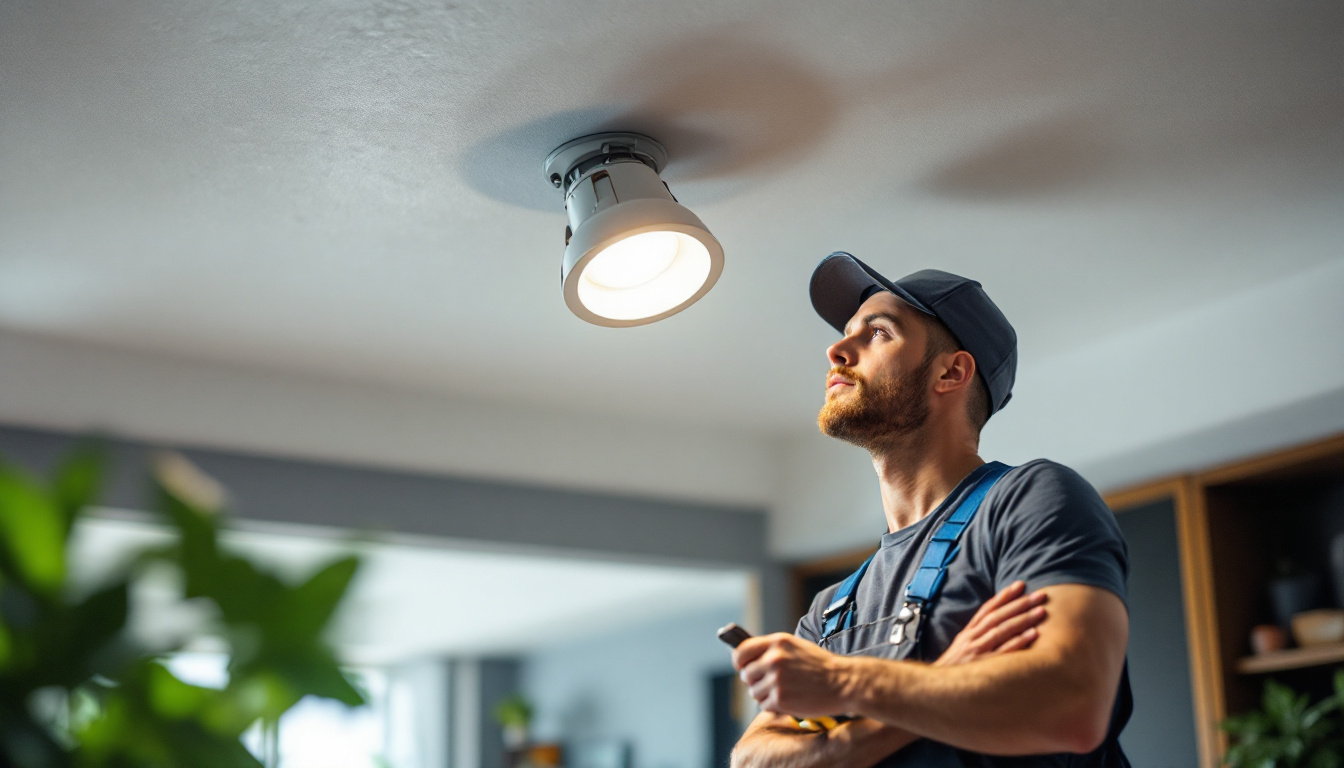
The lighting industry has witnessed remarkable advancements over the past few decades, with motion sensor light wall mounts standing out as a pivotal innovation. These devices have transformed how spaces are illuminated, blending efficiency, convenience, and security into one seamless solution. For lighting contractors, understanding the evolution and technical nuances of motion sensor lighting is essential to delivering cutting-edge installations that meet modern demands.
Motion sensor lights operate by detecting movement within a designated area and automatically activating the light source. This automation not only enhances energy efficiency but also improves safety and user experience in both residential and commercial environments. As technology has progressed, so too have the capabilities and applications of these lighting systems.
One of the most significant advancements in motion sensor technology is the integration of smart home systems. Many modern motion sensor lights can now connect to Wi-Fi networks, allowing users to control their lighting remotely via smartphone applications. This connectivity enables homeowners to customize their lighting schedules, adjust sensitivity settings, and even receive notifications when motion is detected. In commercial settings, this technology can be leveraged for advanced security measures, such as alerting property managers of unauthorized access during off-hours, thereby enhancing the overall safety of the premises.
Additionally, the sensors themselves have evolved to include various types of detection methods, such as passive infrared (PIR), ultrasonic, and dual-technology sensors. PIR sensors are widely used due to their effectiveness in detecting heat emitted by moving objects, making them ideal for outdoor applications. Ultrasonic sensors, on the other hand, emit sound waves to detect motion, allowing them to cover larger areas and work effectively even in environments with obstacles. The combination of these technologies can lead to more reliable performance, reducing false triggers and ensuring that lights activate only when necessary. This level of sophistication not only contributes to energy savings but also enhances the longevity of the lighting fixtures, making them a wise investment for any property owner.
The concept of motion-activated lighting dates back several decades, initially relying on simple mechanical or infrared sensors. Early models were primarily used in industrial settings or outdoor security lighting, where the primary goal was to deter intruders or illuminate dark areas only when necessary. These systems were often bulky, with limited sensitivity and range, restricting their broader application.
Despite their limitations, these early devices laid the groundwork for more sophisticated motion sensor technologies. The integration of passive infrared (PIR) sensors marked a significant milestone, allowing lights to detect body heat and movement more accurately. This advancement made motion sensor lighting more practical for indoor use and residential installations. The growing awareness of energy conservation also played a crucial role in the adoption of these technologies, as homeowners sought to reduce electricity consumption by ensuring that lights were only activated when needed.
As sensor technology evolved, manufacturers began incorporating microwave sensors, ultrasonic sensors, and dual-technology sensors into motion light fixtures. Each type offered distinct advantages: microwave sensors provided longer detection ranges and could sense movement through certain materials, while ultrasonic sensors emitted sound waves to detect motion. Dual-technology sensors combined these methods to reduce false triggers, enhancing reliability. This evolution not only improved the functionality of motion sensor lights but also expanded their applications to include smart home systems, where integration with home automation became increasingly popular.
Concurrently, advancements in LED lighting revolutionized the light source itself. LEDs offered higher energy efficiency, longer lifespans, and improved brightness control compared to traditional incandescent or fluorescent bulbs. The marriage of advanced sensors with LED technology resulted in motion sensor light wall mounts that were not only smarter but also more sustainable and cost-effective. Furthermore, the development of smart lighting systems allowed users to customize settings through mobile applications, enabling features such as scheduling, remote activation, and adaptive brightness based on ambient light levels. This shift towards intelligent lighting solutions has transformed how we interact with our living spaces, making them safer and more responsive to our needs.
One of the most compelling reasons for the widespread adoption of motion sensor lighting is its contribution to energy conservation. By illuminating spaces only when movement is detected, these systems significantly reduce unnecessary power consumption. Studies have shown that motion sensor lighting can cut energy use by up to 50% in certain applications, translating to substantial cost savings over time.
For lighting contractors, promoting these benefits to clients can be a strong selling point, especially in commercial projects where lighting accounts for a large portion of electricity expenses. Additionally, many regions offer incentives or rebates for installing energy-efficient lighting solutions, further enhancing the financial appeal.
Motion sensor light wall mounts play a critical role in security systems by deterring unauthorized access and alerting occupants to movement in sensitive areas. The instant illumination triggered by motion can startle potential intruders and provide clear visibility for security cameras, improving overall surveillance effectiveness.
Beyond security, these lights also contribute to occupant safety by reducing the risk of accidents in dark or poorly lit areas. For example, in stairwells, hallways, or outdoor pathways, automatic lighting ensures that users can navigate safely without fumbling for switches or carrying flashlights.
Modern motion sensor lights offer a high degree of customization, allowing users to adjust sensitivity, illumination duration, and detection range to suit specific needs. Many models also feature daylight sensors that prevent activation during daylight hours, further optimizing energy use.
Integration with smart home and building automation systems represents another leap forward. Lighting contractors can now install motion sensor lights that communicate with other devices, such as security alarms, HVAC systems, and voice assistants. This interconnectedness enables sophisticated control schemes, remote monitoring, and data-driven energy management.
Successful installation of motion sensor light wall mounts begins with a thorough assessment of the site. Contractors must consider factors such as the size and layout of the area, typical traffic patterns, ambient light levels, and potential sources of interference. Proper sensor placement is crucial to maximize detection accuracy and minimize false activations.
For instance, mounting sensors too high or in locations with obstructed views can reduce effectiveness. Similarly, placing sensors near heat sources, air vents, or reflective surfaces may trigger unintended responses. A detailed site survey and consultation with clients help ensure that the lighting system aligns with functional and aesthetic goals.
Motion sensor lights can be powered through various means, including hardwired connections, battery operation, or solar energy. Each option has implications for installation complexity, maintenance, and long-term reliability. Hardwired systems often provide consistent power and are suitable for permanent installations, but they require more extensive electrical work.
Battery-operated units offer flexibility and ease of installation, particularly in retrofit scenarios or locations without accessible wiring. Solar-powered motion sensor lights are increasingly popular for outdoor applications, combining renewable energy use with autonomous operation. Contractors should evaluate the best power solution based on client preferences, site conditions, and budget constraints.
Lighting contractors must ensure that motion sensor light installations comply with relevant electrical codes, safety standards, and energy regulations. Adherence to standards such as the National Electrical Code (NEC) or local building codes is essential to guarantee safe operation and avoid legal complications.
Moreover, selecting products certified by recognized organizations, such as UL or ETL, provides assurance of quality and performance. Staying informed about evolving regulations and industry best practices helps contractors maintain professionalism and client trust.
The future of motion sensor lighting lies in enhanced sensor precision and intelligent control. Emerging technologies leverage machine learning algorithms to distinguish between different types of movement, reducing false positives caused by pets, foliage, or environmental factors. This level of sophistication enables more responsive and user-friendly lighting systems.
Artificial intelligence integration also facilitates adaptive lighting that adjusts brightness and activation patterns based on occupancy habits and environmental conditions. Such smart systems optimize comfort and efficiency, setting new standards in lighting design.
The Internet of Things (IoT) is reshaping the lighting industry by enabling interconnected devices that communicate and cooperate. Motion sensor light wall mounts are increasingly part of comprehensive building management systems that monitor energy use, security, and occupant behavior in real time.
For lighting contractors, expertise in IoT-compatible products and protocols is becoming indispensable. Offering clients integrated solutions that enhance building intelligence and sustainability can differentiate services in a competitive market.
As global emphasis on sustainability intensifies, motion sensor lighting contributes to reducing carbon footprints by minimizing energy waste. The use of eco-friendly materials and recyclable components in light fixtures further aligns with environmental goals.
Contractors can play a vital role in promoting green building practices by recommending and installing motion sensor light wall mounts that support energy certifications such as LEED or WELL. This approach not only benefits the planet but also appeals to environmentally conscious clients.
The evolution of motion sensor light wall mounts encapsulates the broader transformation within the lighting industry toward smarter, more efficient, and user-centric solutions. For lighting contractors, staying abreast of technological advancements, installation best practices, and emerging trends is critical to delivering value and innovation.
By integrating motion sensor lighting into projects, contractors can enhance energy savings, security, and occupant comfort while contributing to sustainable building practices. As the industry continues to evolve, embracing these technologies will remain a cornerstone of professional excellence and client satisfaction.
Ready to elevate your lighting installations with the latest in motion sensor technology? At LumenWholesale, we provide lighting contractors like you with the highest quality, spec-grade lighting products at prices that can’t be beaten. Our comprehensive selection of motion sensor light wall mounts is designed to meet rigorous industry standards, ensuring you deliver not only innovation but also reliability and performance in every project. Say goodbye to middleman markups and hello to hassle-free bulk buying with free shipping. Don’t compromise on quality or cost—choose LumenWholesale for the perfect fusion of affordability and excellence. Wholesale Lighting at the Best Value is just a click away.

Discover the key essentials every lighting contractor needs to know about solar outdoor home lighting.

Discover the secrets to energy-efficient outdoor lighting with our comprehensive guide.

Discover the top outdoor LED recessed lights and essential tips for lighting contractors to enhance any exterior space.

Discover the key essentials for lighting contractors looking to master recessed can light retrofits.